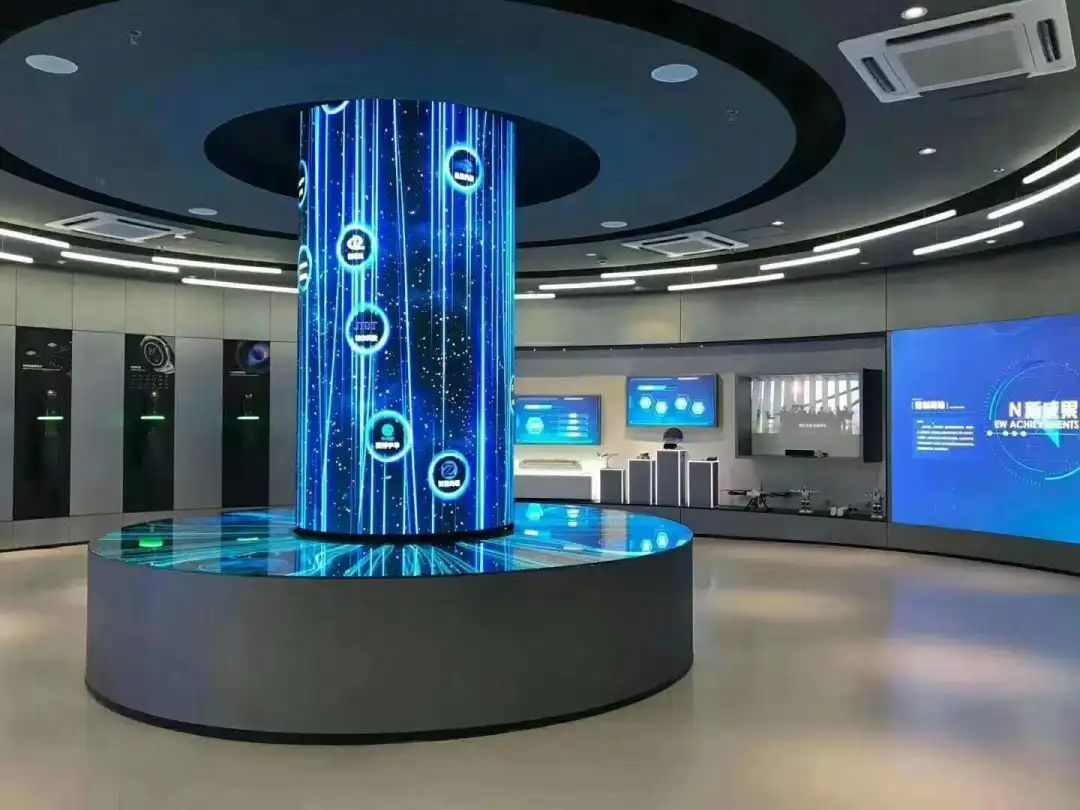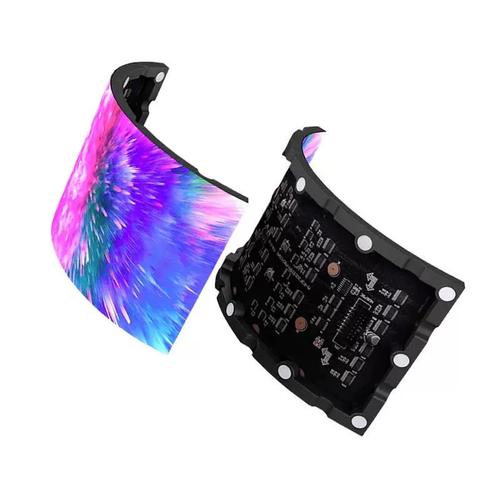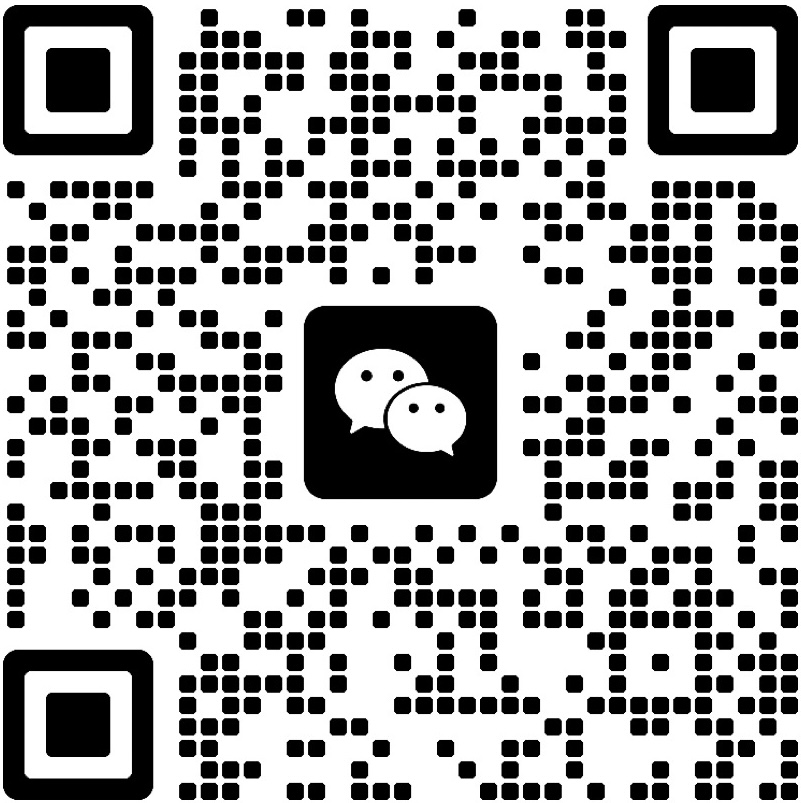With the rapid advancement of digital display technology and creative stage design, indoor flexible and custom LED screens have become an essential visual tool for commercial spaces, stages, выставки, and public venues. Their flexible shapes, high resolution, and innovative applications are driving widespread adoption in the indoor display market.

1. Development History
-
Early Stage: Indoor LED screens were mainly standard rectangular panels with large pixel pitches. Flexible and custom designs were rare, and installations were heavy and complex.
-
Rapid Growth (2010–2015): Small-pitch LED screens (P2–P4) improved resolution and viewing experience. Early curved, circular, and custom-shaped designs appeared, mostly semi-custom. Multimedia control and remote management became standard.
-
Modern Stage (2016–Present):
-
Fully flexible LED modules allow arcs, circles, waves, and freeform shapes.
-
Soft modules are lightweight, foldable, and easy to install or transport.
-
High-resolution support (П1,25–П2,5), 4K/8K video playback, and interactive functions.
-
Widely used in creative stage design, commercial spaces, and exhibition displays.
-
2. Current Applications
-
Commercial: Shopping malls, hotels, выставочные залы, brand experience stores
-
Stage & Performance: Concerts, события, live shows, background screens
-
Education & Corporate: Meeting rooms, training centers, corporate displays
-
Creative Spaces: Museums, cultural exhibitions, interactive installations
3. Ключевые особенности
-
High Resolution: Pixel pitch P1.25–P2.5 ensures clear images at close distances.
-
Flexible & Custom Shapes: Soft modules can bend and fold, supporting any design.
-
Lightweight & Easy Installation: Modular design reduces installation difficulty.
-
Smart Control: Supports multimedia, interactive touch, and remote management.
-
Энергоэффективность: Low-power LED, excellent heat dissipation, long lifespan.
4. Тенденции рынка
-
Increasing demand for высокое разрешение, low-pitch flexible LED screens.
-
Combination of soft modules and transparent screens to enhance visual creativity.
-
Integration with interactive technology, AR/VR, and smart systems for immersive experiences.

Заключение
Indoor flexible and custom LED screens have evolved from standard rectangular panels to высокое разрешение, freely shaped displays. They not only meet visual display needs but also become a crucial tool for commercial creativity, stage design, and exhibition presentation. With ongoing technological advancements and growing market demand, indoor flexible LED screens are poised for widespread adoption in реклама, performances, education, and creative installations.
📞 WhatsApp / Тел.: +86 177 5193 2467
📧 Электронная почта: crystal@huatengtech.com
 Htt светодиод в помещении & Производитель светодиодов на открытом воздухе
Htt светодиод в помещении & Производитель светодиодов на открытом воздухе

WeChat
Сканировать QR -код с помощью WeChat